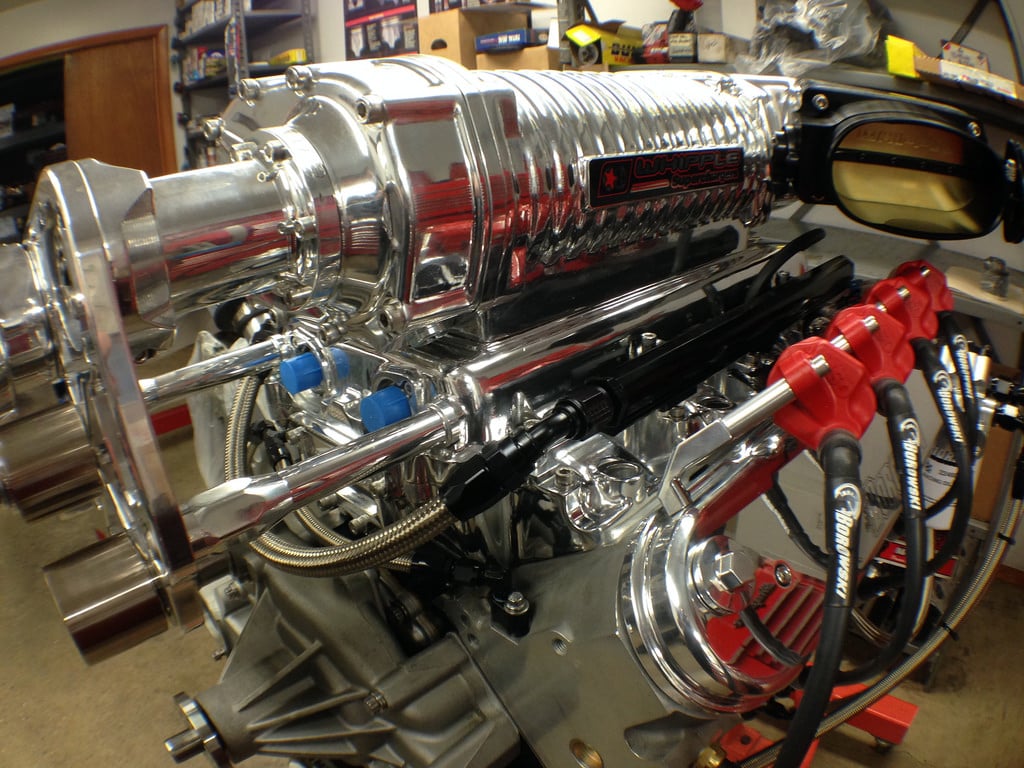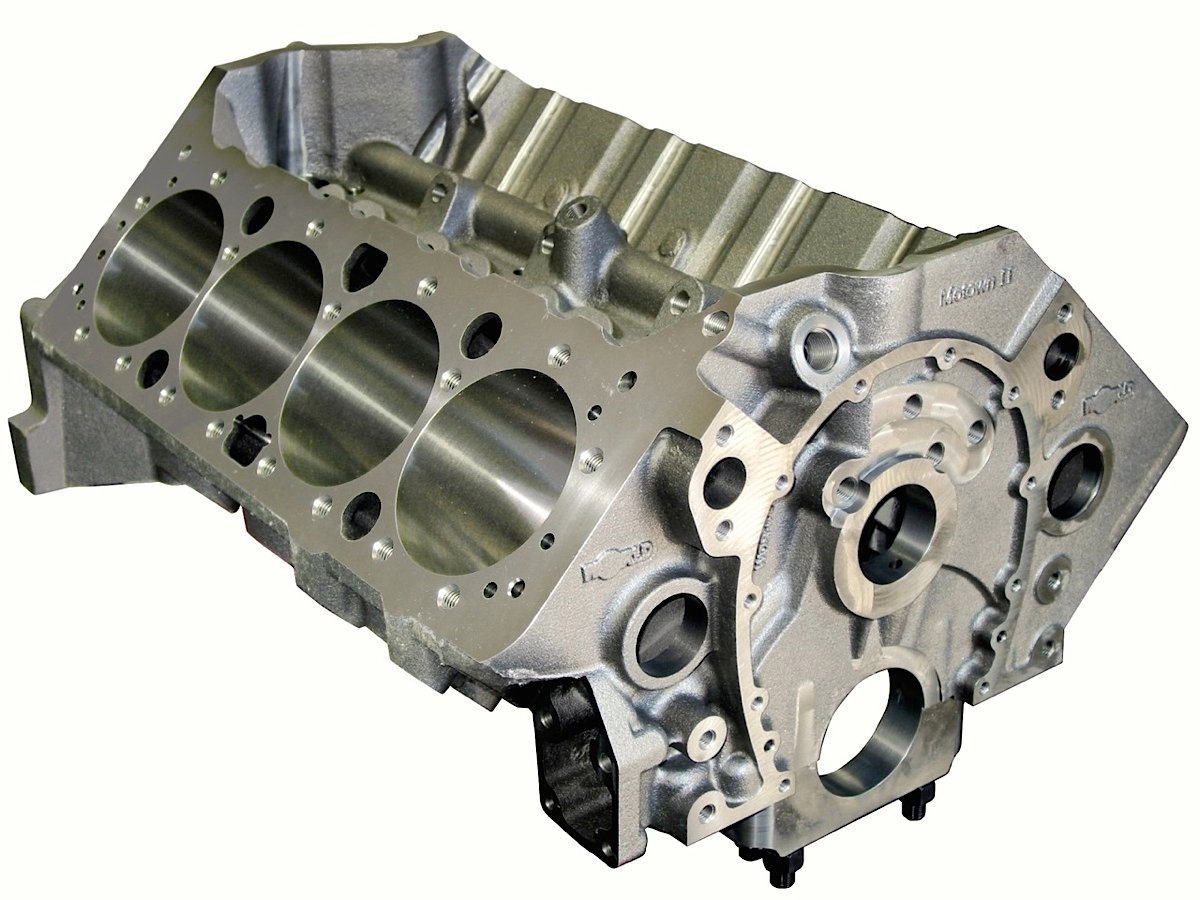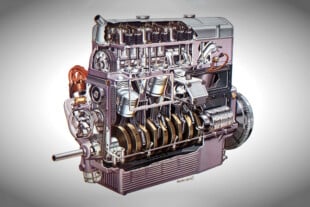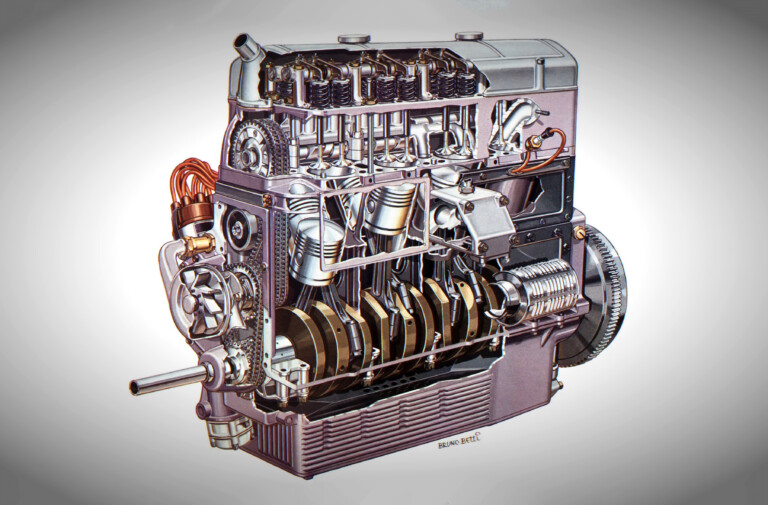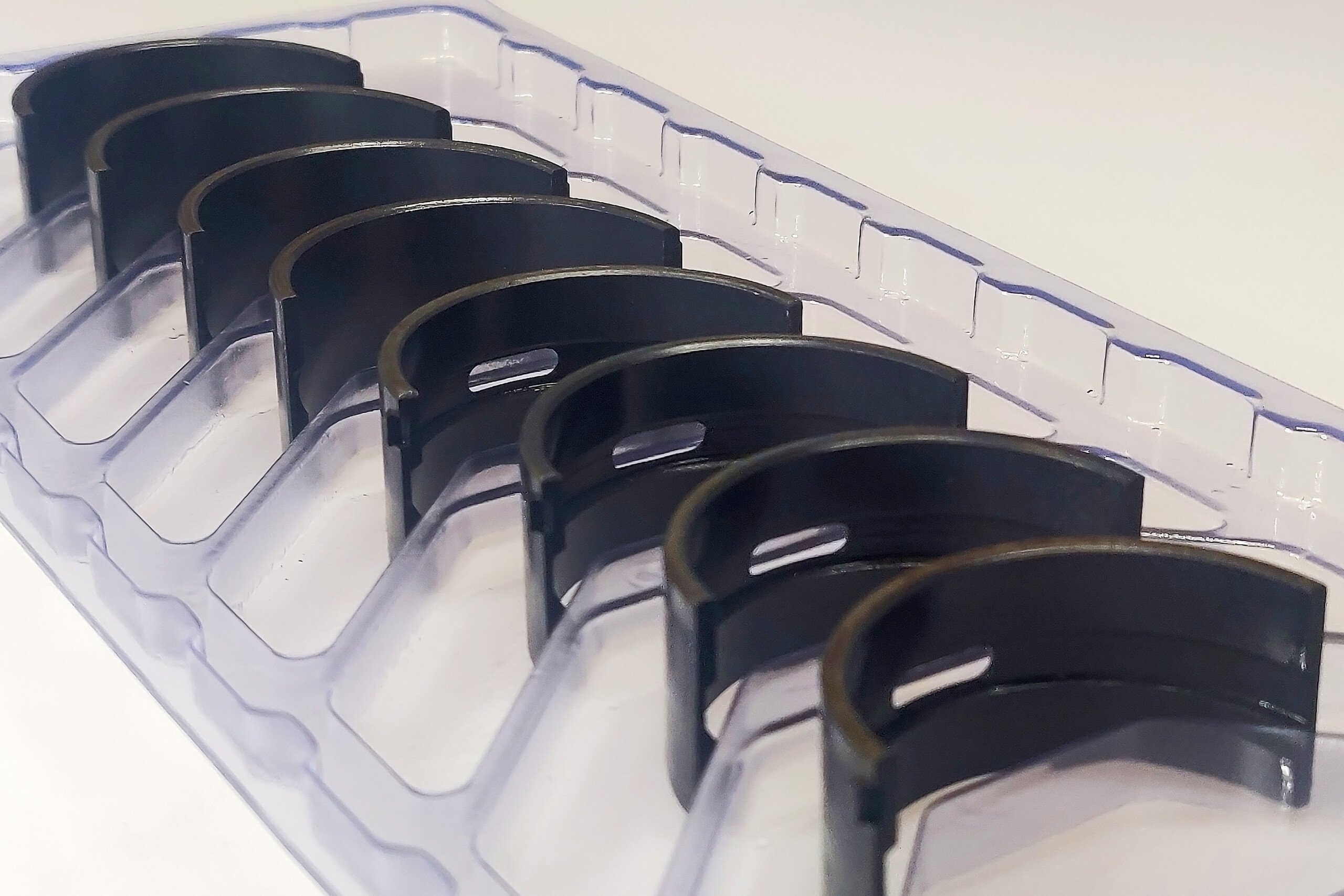Recently I had the opportunity to spend the day at Mike Curcio Race Products as he flogged a Ford FE engine on the dyno. That engine was destined for use in a 1964 four-speed Galaxie, and you can read about it here.
Their shop specializes in performance builds of all types; from the FE engine we dyno’d to a semi-restoration of an MG that was sitting in the middle of the shop for a local customer. Curcio has spent hundreds of hours working on induction development for companies large and small, in addition to his own racing exploits – he holds the record for the quickest drag-race Trick Flow-headed small block Ford in the world.
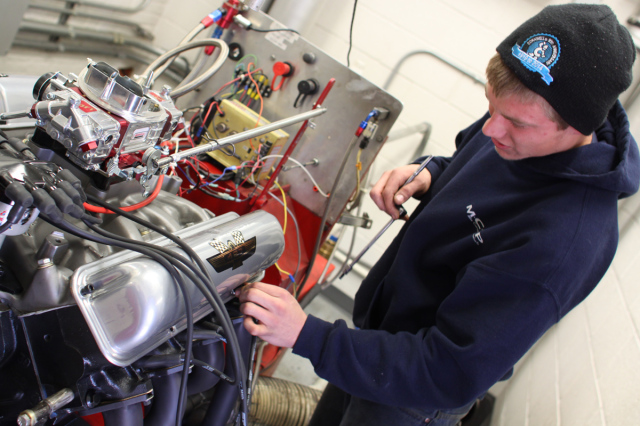
Building an FE engine for a four-speed Galaxie makes perfect sense to us. How cool would it be with a Coyote between the fenders, though?
In the time before Mike got the dyno rolling, we were bench-racing about all of the different projects that he has going on in the shop, and it got me thinking about the subject of this month’s Thumbprint – what motivates an enthusiast to determine a direction for a new engine build when the time comes?
Going Old School
For a vehicle like the Galaxie, there’s no doubt that sticking with the type of engine that was originally installed. Doing so has many benefits; you’re guaranteed that all of the original ancillary components like steering linkage, oil pans, and brake systems will bolt up without any issues whatsoever.
Many classic musclecar owners have an emotional attachment to a certain type of engine, whether it be the sound of a solid-lifter flat tappet camshaft or a particular exhaust note, there’s something about that particular vehicle that made them choose to own it in the first place. It could even be something as simple as remembering what it was like to ride in that type of car as a youngster; perhaps Dad or Uncle Joe or Cousin Bobby owned one, and they are reliving their youth.
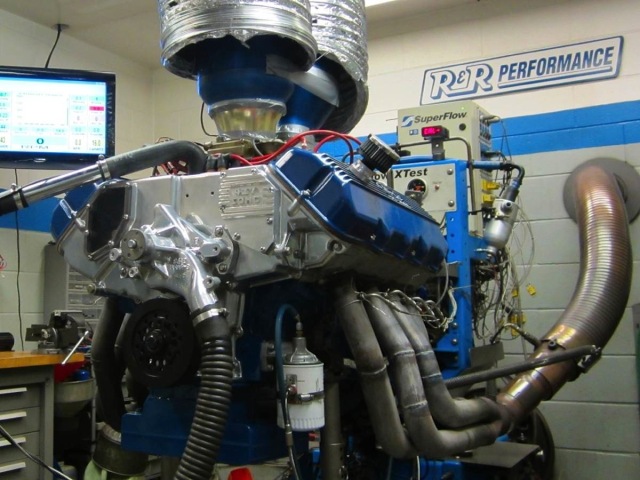
The 427 SOHC ‘Cammer” engine was one of the greats – if you have one, chances are that you’re rebuilding it and using it again. Photo courtesy R&R Performance.
On top of those things to consider, there are concerns with the value of particular numbers-matching engines in particular vehicles – the “keeping it original” concept. We can definitely understand why someone would want to own an original ’64 Fairlane stuffed full of 427 cubic inches of SOHC Cammer engine, or a ’63 Impala SS with the super-rare Z11 engine – the value of the car and engine combination reaches a stratosphere few of us will ever be able to afford, and to separate the engine from the chassis in those instances is tantamount to blasphemy.
The engine Curcio was working on yesterday fell into this train of thought for the customer – he wanted to keep the car as original as possible, thus the use of the 427 FE engine we had on the dyno. Although it was not the original engine (that one had long been sacrificed to the horsepower gods), it was the same type and style as originally installed into the car. The customer wanted to maintain the street manners and better the vehicle’s original performance, and by the looks of it, MCRP was able to do just that for him.
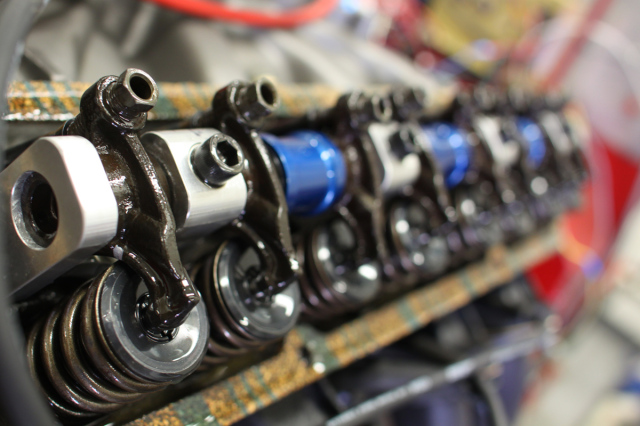
What was once new is new again – this old-school FE valvetrain design is very similar to one offered today with updated materials and bearing technology.
Advantages To Incorporating Technology
When that “numbers matching”concept begins to disappear; if the car isn’t a one of one or other specialty item, the enthusiast is left with a myriad of choices when it comes to a new engine for their ride.
For Ford enthusiasts (of which I am one), the new Coyote has become an incredibly popular swap into all types of vehicles over the last few years. We’ve seen hundreds of them in Fox Body mustangs, but they are even starting to make their way further back into the vehicle stream as well.
One of the sweetest builds we’ve seen was put together Bill Tumas and our friends at CJ Pony Parts, who unveiled their Project 50/30 for the SEMA Show – a 1965 Mustang fastback that was stuffed full of Coyote engine and a host of other parts, like a Vortech supercharger and a RideTech air ride suspension. Restomod vehicles like these have been showing up hot and heavy all over the place lately, and more often than not, they make use of some sort of modern powerplant mated with the old-school iron to make a truly unique machine.
Left - Dart's LS Next engine block has shown itself to be an incredible performer by correcting the deficiencies of the LS engine. Right - World Products' Motown II LS engine block allows an owner to use the excellent LS cylinder heads and small-block Chevy rotating assembly to merge the best of both worlds.
Chevrolet owners have the same capabilities – the LS engine platform has become arguably the most popular engine swap ever, potentially surpassing even the venerable small-block Chevy in the near future. The LS engine has a number of things going for it to make swaps easy. There are hundreds of performance parts available including aftermarket engine blocks like the Chevrolet Performance offerings, and the interesting hybrids – the LS Next block from Dart along with the Motown II LS engine from World Products. Using these new-tech engines is easier than ever, as companies like Holley EFI, MSD Performance, and Quick Fuel Technology among others have developed aftermarket electronic fuel injection systems to control the newer engines, making the swap simple.
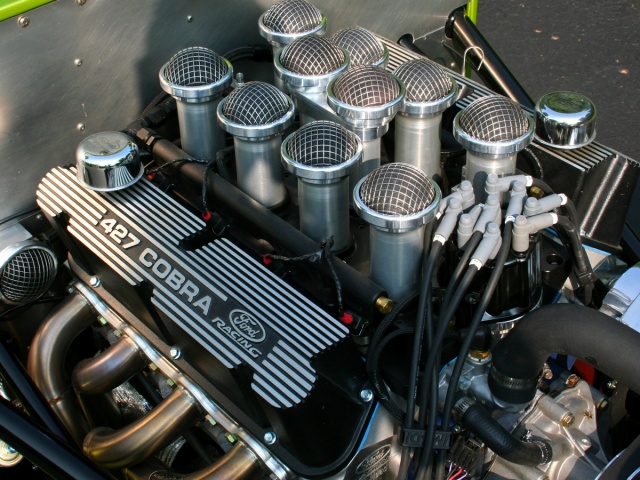
Holley’s EFI systems can be used on anything from current-gen powerplants to something like this unique 10-stack stroked 427 Windsor.
Dodge owners aren’t left out in the cold either – the aftermarket has been quickly ramping up to meet demand, and we finally saw GEN III Hemi laptop tuning from HP Tuners available at SEMA. Cylinder heads and more are available from a number of different manufacturers as well, and the Dodge powerplant has become a proven performer. In fact, the quickest quarter-mile pass from an X275 racer belongs to Frank Mewshaw, driving Rob Goss’ 2009 Challenger.
There are also what I like to call the “old standby” engines – the small- and big-block Chevy and Ford and to a lesser extent small- and big-block Mopars, topped off with a big carburetor or some sort of fuel injection. Each of these platforms presents many benefits to the end user, from affordability to outright insane performance when built with a power adder. But you don’t get the cool factor of a brand-new, fuel-injected engine in your musclecar.
What’s The Deciding Factor?
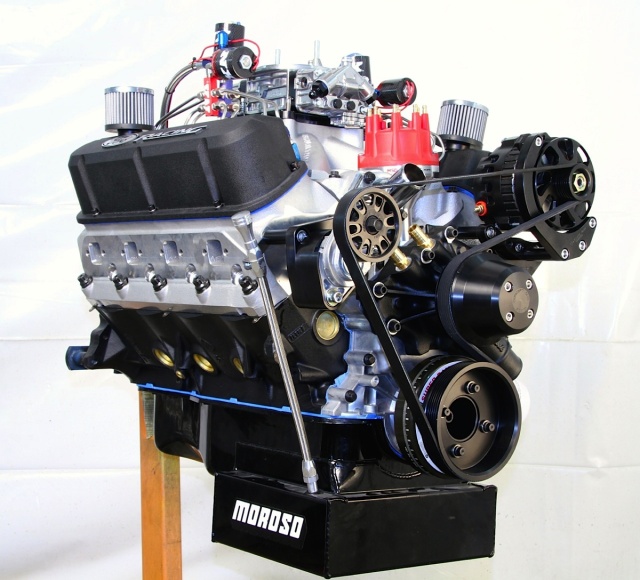
EngineLabs’ Senior Technical Editor, Mike Magda, chose to build a stroked Windsor (Project Pony Jet) for his Mustang to take advantage of developments in technology.
The question remains, and likely will until the end of time. What engine do you pick when it’s time for a new build? And when it comes right down to it, there’s only one person who can answer that question – you.
It’s your hard earned money that’s going to be invested, so you need to determine what’s most important to you. Is it that streetable late model high performance engine, controlled by the latest fuel injection technology? Or do you still enjoy fooling around with changing air bleeds and jets on a carburetor?
Of course, the expense of the build needs to be taken into account as well. Are you working with secondhand parts from a scrapyard, or did you burn up the Amex to purchase the newest cylinder head castings you could find? The nice thing about the automotive hobby is that you’re limited by only two things – your budget, and your imagination.




